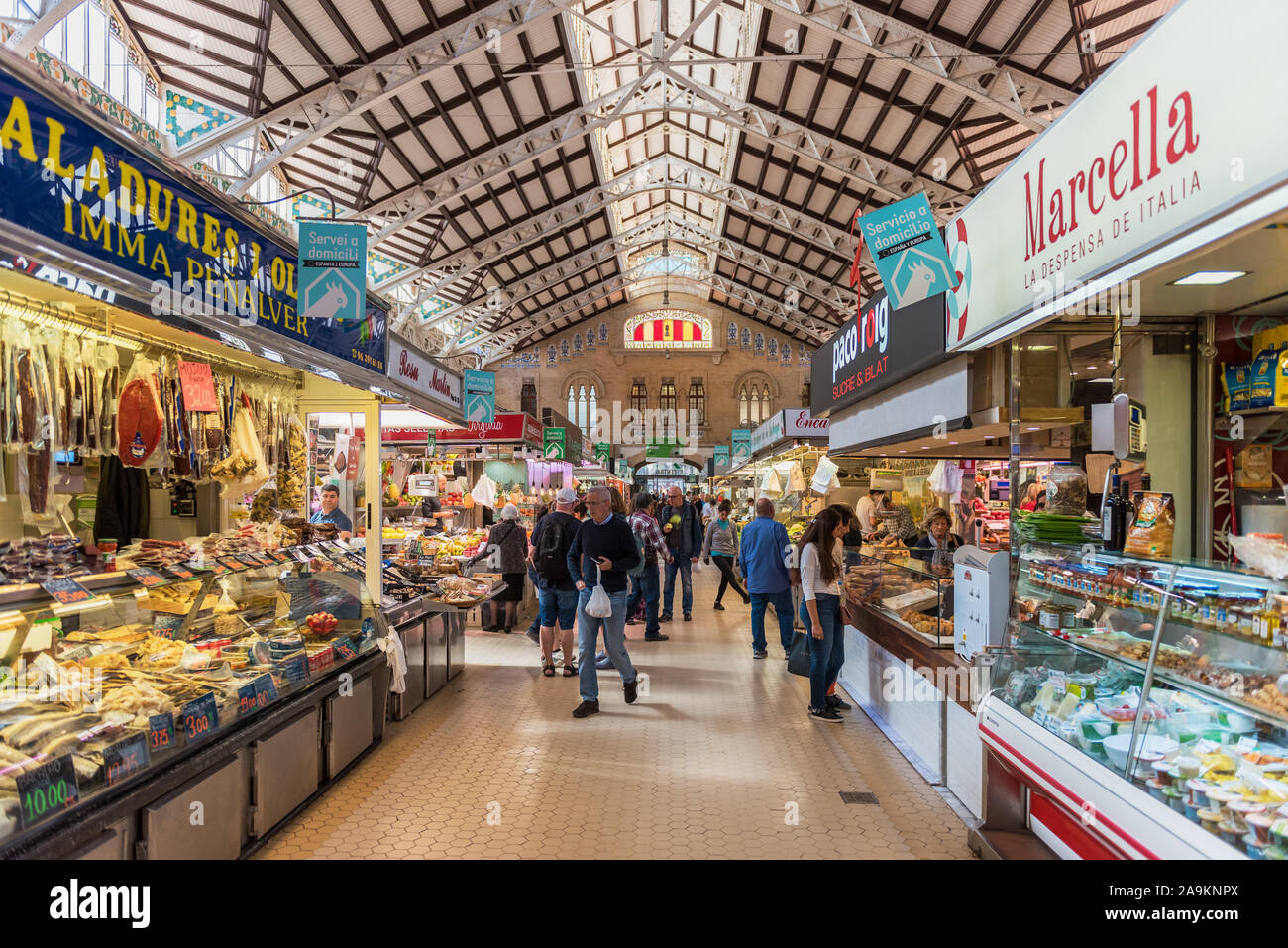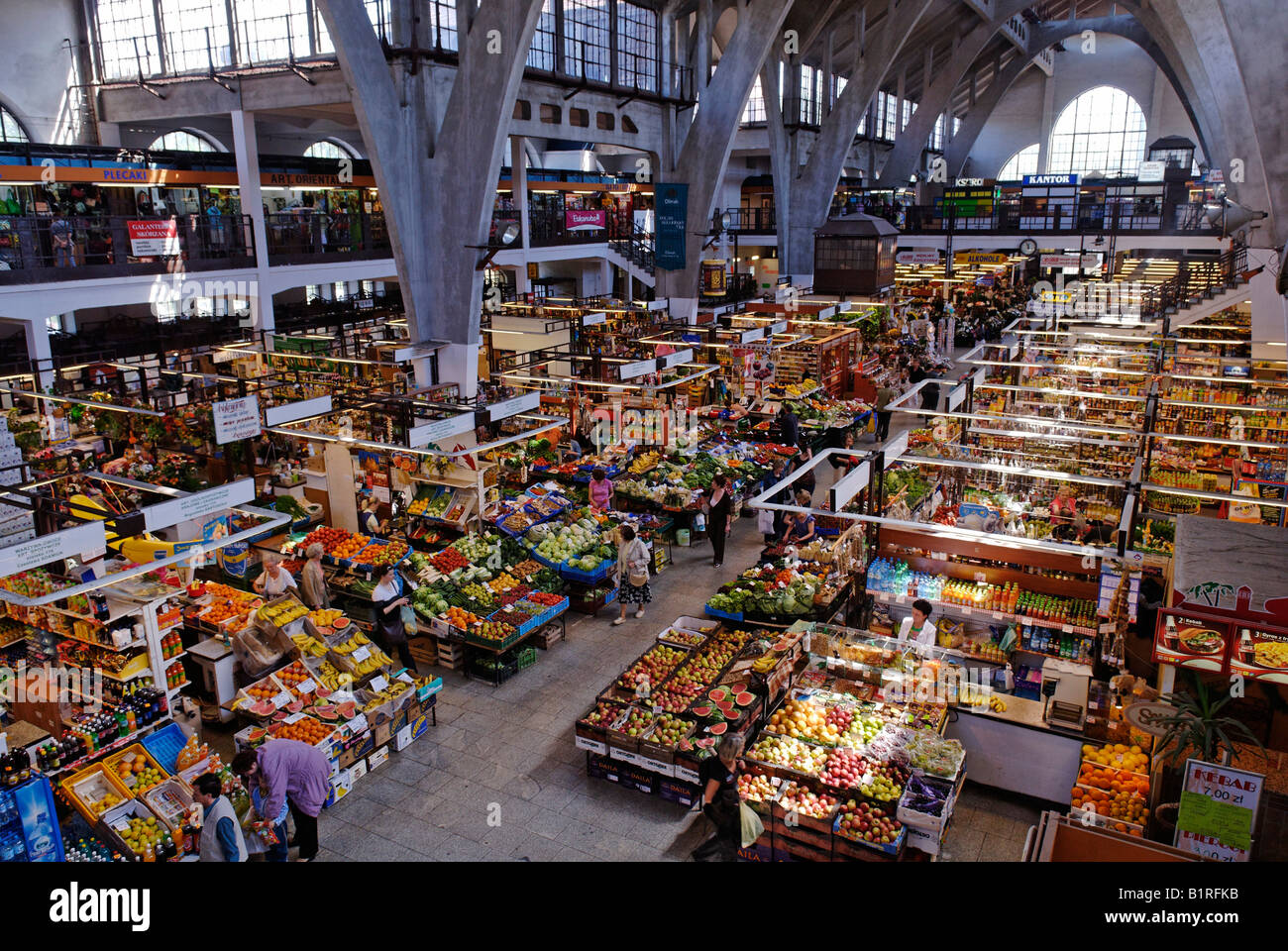Can a new business model truly revolutionize the way we shop, and does "indoor mart" hold the key? The concept of a comprehensive, climate-controlled, and conveniently located retail space a modern-day marketplace is poised to dramatically reshape consumer habits and the urban landscape. This potential shift deserves a closer look.
The term "indoor mart" itself evokes a sense of containment and efficiency. It suggests a curated environment, a refuge from the unpredictable elements, and a centralized hub for a diverse range of goods and services. This model, when executed thoughtfully, presents a compelling alternative to the sprawling, often chaotic, and weather-dependent shopping experiences that have dominated retail for decades. Consider the implications: reduced travel time, predictable shopping conditions, and the potential for integrated experiences like entertainment and dining all under one roof. The evolution of retail is not just about selling products; its about creating environments where people want to spend their time, and the "indoor mart" concept seems strategically aligned with this shift. The allure is undeniable for both consumers and businesses, and it's attracting a wealth of innovation.
While the term "indoor mart" can be a general description, to understand its full potential, it's useful to consider a hypothetical example. Let's explore the potential of "indoor mart" within the context of a rapidly growing urban center, such as, for this example, the fictional city of "Veridia". Veridia, facing the common urban challenges of space constraints and increasingly demanding residents, is an ideal testbed for such a venture. Picture this: a multi-level complex, incorporating everything from grocery stores and fashion boutiques to pharmacies, fitness centers, and even co-working spaces. The design prioritizes pedestrian access and integration with public transport. It's a place where a resident could conceivably spend an entire day or a good portion of it without ever stepping outside. The key lies in seamless integration and curated experiences.
The core of an "indoor mart" lies in its ability to create a destination. The strategy is far more complex than merely gathering different stores under one roof. It involves creating a sense of community, offering curated events (cooking classes, live music), and incorporating technological enhancements. Smart displays, interactive directories, and personalized recommendations can enhance the customer experience. The design should be aesthetically pleasing and conducive to leisurely browsing and social interaction. Food vendors are crucial, offering a diverse array of culinary options, transforming the mart into a dining destination in its own right. Furthermore, ample parking or convenient access to public transport is a must, though the primary goal would be to encourage foot traffic within the building itself. Accessibility is also essential, ensuring easy navigation for people with disabilities and families with young children. The success of "indoor mart" will rest, ultimately, on the creation of an ecosystem. It's a delicate balance of commerce, community, and convenience.
The economic benefits of the indoor mart model extend beyond mere sales figures. The concentration of businesses in a single location reduces operational costs for retailers, leading to potentially lower prices for consumers. The shared infrastructure security, maintenance, marketing creates efficiencies. For local economies, indoor mart offers significant job creation potential, from construction and operations to the various retail and service positions. The increased foot traffic can also revitalize surrounding areas, boosting nearby businesses and property values. Moreover, this model can prove to be particularly beneficial in regions with extreme weather conditions where shopping outdoors may be inconvenient or impossible for a considerable part of the year. The controlled environment also offers benefits in terms of environmental sustainability, making it easier to manage waste, energy consumption, and implement efficient recycling programs. The potential benefits are vast, and the ripple effects of such a development could be profound for both businesses and local communities. The concept, however, will require smart planning and thoughtful management to achieve all its envisioned gains.
Challenges are inherent in such an ambitious project. High upfront construction costs are a major hurdle, requiring significant investment and careful financial planning. Attracting and retaining a diverse tenant mix is crucial, requiring effective leasing strategies and ongoing management. Competition from established retailers, both brick-and-mortar and online, is fierce. Adapting to rapidly changing consumer preferences is also paramount. The space must be flexible, adaptable to changing needs, and capable of accommodating technological innovation. Furthermore, security and safety are key considerations, particularly in high-traffic environments. Detailed risk assessment and well-implemented protocols are essential to ensure the comfort and safety of both customers and employees. In addition, the environmental impact should be carefully considered to minimize waste and promote sustainability. Its a complex endeavor, and meticulous planning is imperative to overcome these challenges.
The future of "indoor mart" will depend on several factors. One crucial element is its ability to integrate seamlessly with online commerce. A well-designed "indoor mart" should function as a fulfillment center for online orders, offering customers a convenient option to pick up their purchases or return items. The integration of mobile technologies, such as in-app ordering, digital loyalty programs, and personalized recommendations, can enhance the overall shopping experience. Furthermore, leveraging data analytics to understand consumer behavior and optimize the tenant mix is critical. Adaptability will be another significant element. The space must be flexible and readily adapted to evolving consumer needs and technological advancements. This will require a forward-thinking approach to design and management. To remain relevant, the concept must continuously innovate and adapt to the evolving consumer landscape.
Finally, the success of "indoor mart" hinges on community engagement. Creating a place where people want to gather and interact is just as important as the retail offering itself. This can be achieved through hosting community events, such as farmers' markets, craft fairs, and live performances. Collaborating with local businesses and organizations, offering space for community services, and fostering a sense of inclusivity can make the space a true community hub. The "indoor mart" is not simply a retail space; it's a destination. Its a place where people can socialize, learn, and engage. It must also be planned with sustainability at its heart, to reduce its environmental impact. Creating a space that is beautiful, accessible, and reflective of the local community is critical to the long-term success of the "indoor mart" concept. It will need to evolve, in order to keep the pace with fast-changing consumer trends.
The potential for "indoor mart" in the urban environment is undeniable. It represents a shift in the way that we shop and interact with the world. The challenges must be carefully considered and overcome, but the rewards are considerable. The model has the potential to reshape local economies, build communities, and transform how we live our daily lives. While the exact form that these "indoor marts" will take is yet to be fully seen, the underlying principles of convenience, efficiency, and community will likely remain central to their success. This trend holds vast potential, and its evolution will be a fascinating story to watch.


